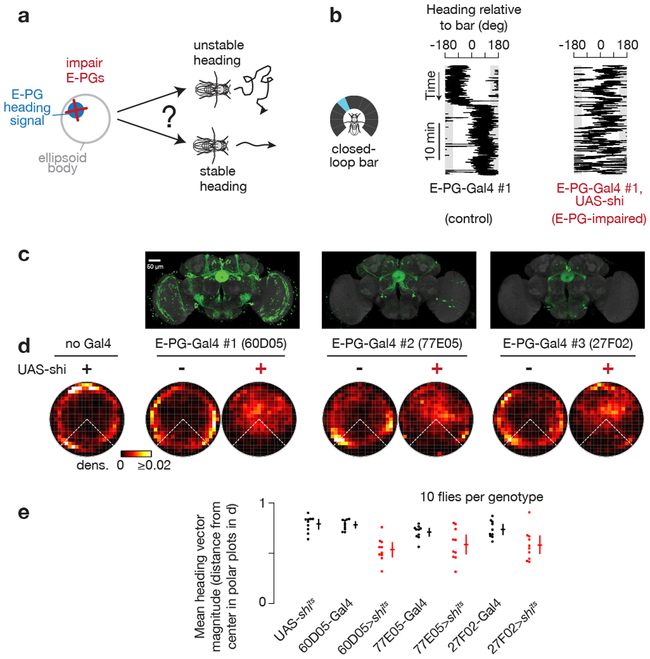Figure 5. E-PG-impaired flies do not maintain a stable heading at an arbitrary angle.
a, Do flies maintain a stable heading when E-PG synaptic output is impaired? b, Heading of sample control and E-PG-impaired flies walking with a bar in closed-loop. c, Maximum z-projections of UAS-GFP expression in three different E-PG-expressing Gal4 lines (data from http://www.virtualflybrain.org/44,45, expression patterns confirmed by us). GFP expression is in green, neuropil in grey. d, Polar distributions of 60 s mean heading vectors (see Supplementary Figure 1 for Methods). e, Magnitude of 60 s mean heading vectors averaged for each fly (dots). Mean and 95% bootstrap confidence intervals across flies (crosses). Comparing UAS-shits to X>shits: p=4e-4 (60D05), 3e-3 (77E05), 4e-3 (27F02); comparing X-Gal4 to X>shits: p=5e-4 (60D05), 8e-2 (77E05), 1e-2 (27F02), two-sided Wilcoxon rank-sum test. X> shits indicates the combination of X-Gal4 and UAS- shits. shits-expressing flies are highlighted in red. Time points where the flies were standing still (i.e. forward velocity < 0.5 mm/s)—which yield stable headings, trivially—were ignored.

